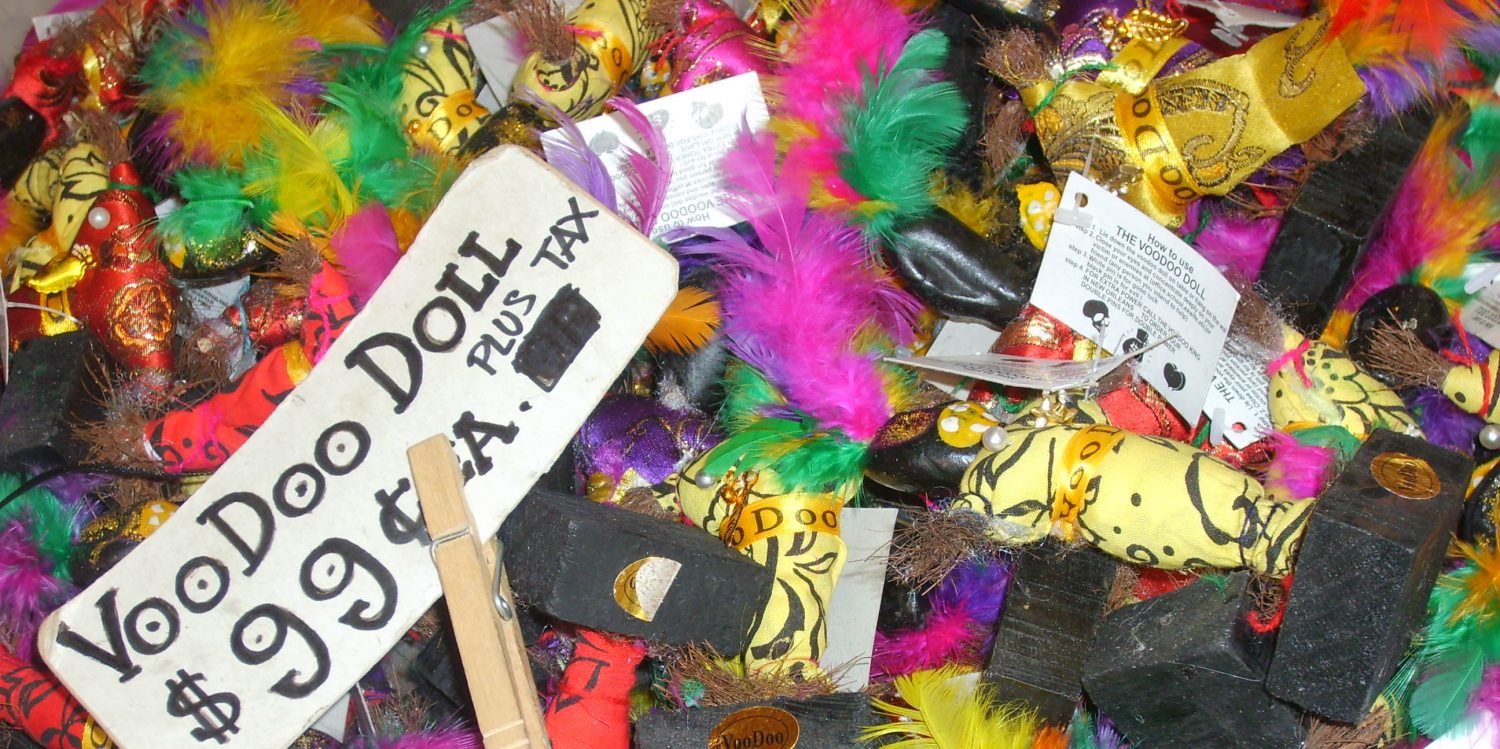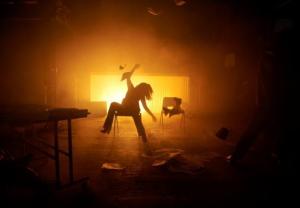Death is something we all have in common, whatever city we live in. Yet even after we die, social divisions and injustices can still be very evident.
That’s true of New Orleans, an old city where contemplation of death is unavoidable for the living – it’s literally a place on the map. There are jazz funerals and magnificent above-ground tombs with their broken columns and staues of angels. But there are also sites like Charity Hospital Cemetary where thousands of impoverished victims of the city’s nineteen century yellow fever and malaria epidemics are buried in mass graves.
There’s the Tomb of the Unknown Slave, dedicated to “the memory of the nameless, faceless, turfless Africans who met an untimely death” in the Treme neighbourhood of the city. And then there’s the bodies still unclaimed after Hurricane Katrina, now memorialised by a monument at Charity Hospital Cemetery.
London too has its own distinctive traditions for marking death – only today I saw a traditional East End funeral, horse-drawn hearse, black feathers, top hat and all, pass my window. And as in New Orleans, how you lived determines how you’ll be treated after you die. The number of “paupers’ funerals”, burials for those who die without resources to pay for their sending off, is on the rise in the UK.
This fact is the inspiration for a play I saw last Saturday (from which the image is taken): human rights-focused theatre company Ice and Fire‘s new production The Nine O’Clock Slot, named after the unpopular time of day when those without friends or relatives to pick a better time tend to be buried.
The piece has a striking start. The venue, usually an art gallery, has been temporarily set up to look like a funeral parlour and action commences with the audience being welcomed by a presiding minister and then ushered into a narrow stairwell and towards an unknown underground zone for what’s been billed as a “a downward journey from the world of the living to the off-limits world of the dead and dying”.
The action that follows, covering the connected stories of four economically and socially impoverished individuals buried together, has excellent dialogue and is extremely well-acted. There’s interesting use of jazz music which, in London as much as in New Orleans, evokes the rich and bittersweet complexities of life, as lived by the deceased. Interestingly, the tracks used include “St. James Infirmary Blues”, in which living and dying in London and New Orleans are woven together.
But there’s much about the play that’s not assured. After the promising beginning that makes full dramatic use of the building’s twists and turns, the work settles into trotting through a one-location incident-packed narrative that sometimes, because of a few overblown set pieces and unnecessary plot twists, resembles an episode of Eastenders.
I’d also add that there are sections that could be unbearable for anyone who’s endured or contemplated the death of someone close to them – there’s pain to be felt here that I don’t think a theatre company should set out to induce in its audience.
But maybe I didn’t really like the play because I simply don’t believe in death. Let me explain. It’s become somewhat fashionable for morbid contemplation to be fêted as a signifier of the value of life, a view I can sympathise with but am now coming to think I can’t fully subscribe to.
I think if you take an audience down into the grave, you need to let them rise out of it again. Thinking about death is an important part of life, but life should be the point – once you’re dead, you’re dead, in this world at least. In a play like this one, and in our lives in general, we should remember the dead but ultimately focus on the living.

